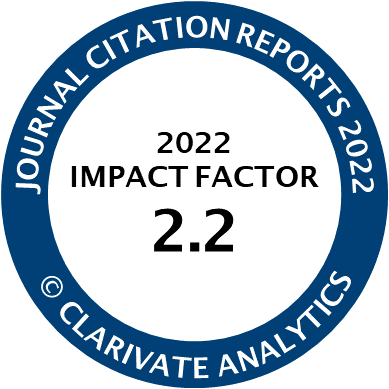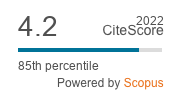Article | Open Access
Coping With Turbulence: EU Negotiations on the 2030 and 2050 Climate Targets
| Views: | 2891 | | | Downloads: | 1584 |
Abstract: This article analyses European Union (EU) negotiations on the European Climate Law and the 2030 Climate Target Plan in the aftermath of the Covid-19 pandemic. Adopting Ansell and Trondal’s (2018) conceptualisation of turbulence, it argues that the pandemic intensified the environmental turbulence within which European policy makers had been operating following Brexit, the rule of law dispute with Poland and Hungary, and the election of Donald Trump as president of the United States. Organisational turbulence within EU institutions also affected the negotiations, particularly due to the reliance of Commission President Ursula von der Leyen on the political support of East-Central European governments that are sceptical of ambitious climate action. Moreover, the Commission, the European Council and the Parliament have taken different positions on the 2030 climate target and on the governance to pursue subsequent targets. Turbulence of scale—reflecting the nature of the EU as a multi-level actor—became relevant too, as the EU found it difficult to agree on its 2030 climate target due to disputes between member states and European institutions. European decision makers responded to turbulence through major policy initiatives, such as the EU Recovery Plan, the Green Deal agenda, and making funds conditional to the respect of the rule of law. They also pursued intra-EU compromises that accommodated different positions—for instance, on the Climate Law. Nonetheless, turbulence continues to pose a formidable challenge to the progress of the EU’s climate agenda.
Keywords: 2030 climate and energy framework; climate; European Climate Law; European Green Deal; European Union; turbulence
Published:
© Marco Siddi. This is an open access article distributed under the terms of the Creative Commons Attribution 4.0 license (http://creativecommons.org/licenses/by/4.0), which permits any use, distribution, and reproduction of the work without further permission provided the original author(s) and source are credited.




